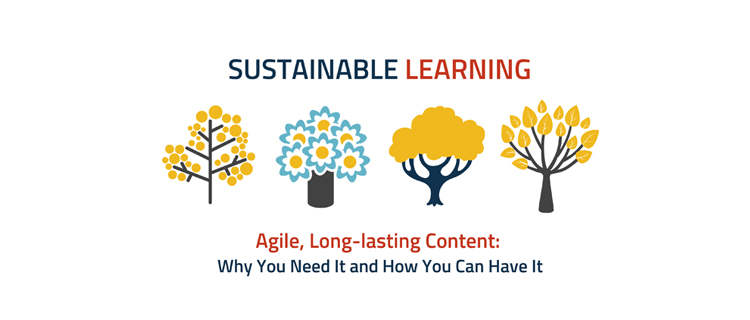The success of a company’s business, in the most basic sense, boils down to the sale of its product/s. And what exactly does said sale depend on? The effective function on vendors/suppliers. Suppliers are those external entities that are responsible for the propagation of the product of a given company, to its customers. This invariably also puts them in a unique position of confluence between the customers, and the company; a position from which they are able to interact with the target market at a ground level.
A company benefits from suppliers’ endeavours not only from sales, but also the marketing perspective. This is because, in selling the product, they also act as individual ambassadors for the company name as well as brand. Be it positive or negative, suppliers have an immense potential for impact on the performance of business. Thus, there must be strong SRM (Supplier Relationship Management) guidelines in place, that enable the strategic use of suppliers in a manner that will form a mutually beneficial equation between both parties.
In order for effective SRM to work however, companies must first ensure that your suppliers are the right fit for their business. And the only way to achieve that, is through effective an effective onboarding process. The whole concept and process of onboarding is a comprehensive one, requiring minute attention to detail. Despite how tedious it can get, vendor onboarding, if done right, can do wonders for the overall image, as well as sales of a company.
Here are the points that outline an effective vendor onboarding program:
- Set the right priorities
It is a fact that companies will, at any given point of time, have a number of different suppliers on board. Another fact is that no more than 20% of them will account for over 80% of the entire sales revenue. These suppliers are, beyond a shadow of doubt, the ideal purveyors of the business, and vice versa. In order to ensure that such opportunities never go to waste, companies must endeavour to identify them right in the beginning i.e. during the onboarding stage itself.
- Go to the roots
As mentioned above, companies should prioritize on a select few suppliers that are especially favourable for business. Unlike the remaining 80% suppliers, the selection of these golden geese cannot be left to automated processes. The best way to spot them out during the onboarding stage is through dedicated, scrutinous (slightly time-consuming) efforts by members of the Procurement team. And in order for that to be possible, each team member will have to be highly attuned to the company’s business, as well as product applications. They will, in this way be able to identify, and select the most functionally viable (compatible) suppliers for the company. It can therefore be said that supplier onboarding, automatically becomes an indirect training component of a company’s employee onboarding process.
- Be the one to speak first
Just like any new collaborative venture, supplier onboarding also entails a certain amount of unfamiliarity. At such times, companies must be proactive in approaching their new supplier with all the factors that play in the present, and influence their future work together. Directly giving them an accurate approximation of ROI (and all its components) will help clarify the nature of the relationship, and therefore instill a certain confidence. This confidence can be further augmented through transparency, which is achieved by being open about possible business hurdles, as well as measures that can be taken to address them.
- Get all the relevant data
Once a supplier has been brought on board, the immediate step that follows, is for the company to collect and document vendor information, for the record. This involves addresses, phone numbers, bank details, and other like data. Note that this part of the process is probably the most crucial to forming a stably functioning relationship with the supplier; which is why it must be as efficient and error-free as possible. Integrating online portals for vital data entry, directly into the onboarding process, will not only make things faster, but also less prone to errors.
- Enable their success
When new suppliers are brought on board, they may or may not initially have problems familiarizing themselves with the industry within which a company operates, or its products. This is a crucial juncture for the relationship, one that gives companies the unique opportunity to kill two birds with one stone: Precision of holistic on-platform training to the supplier/s, thereby giving them a good understanding of it. This in turn leads to effective salesmanship on their behalf, thus resulting in success for both parties. In order for this to happen, companies need to implement intelligent, immersive, and contextually-relevant training that gives the recipient a good knowledge about their product, as well as its applications.



